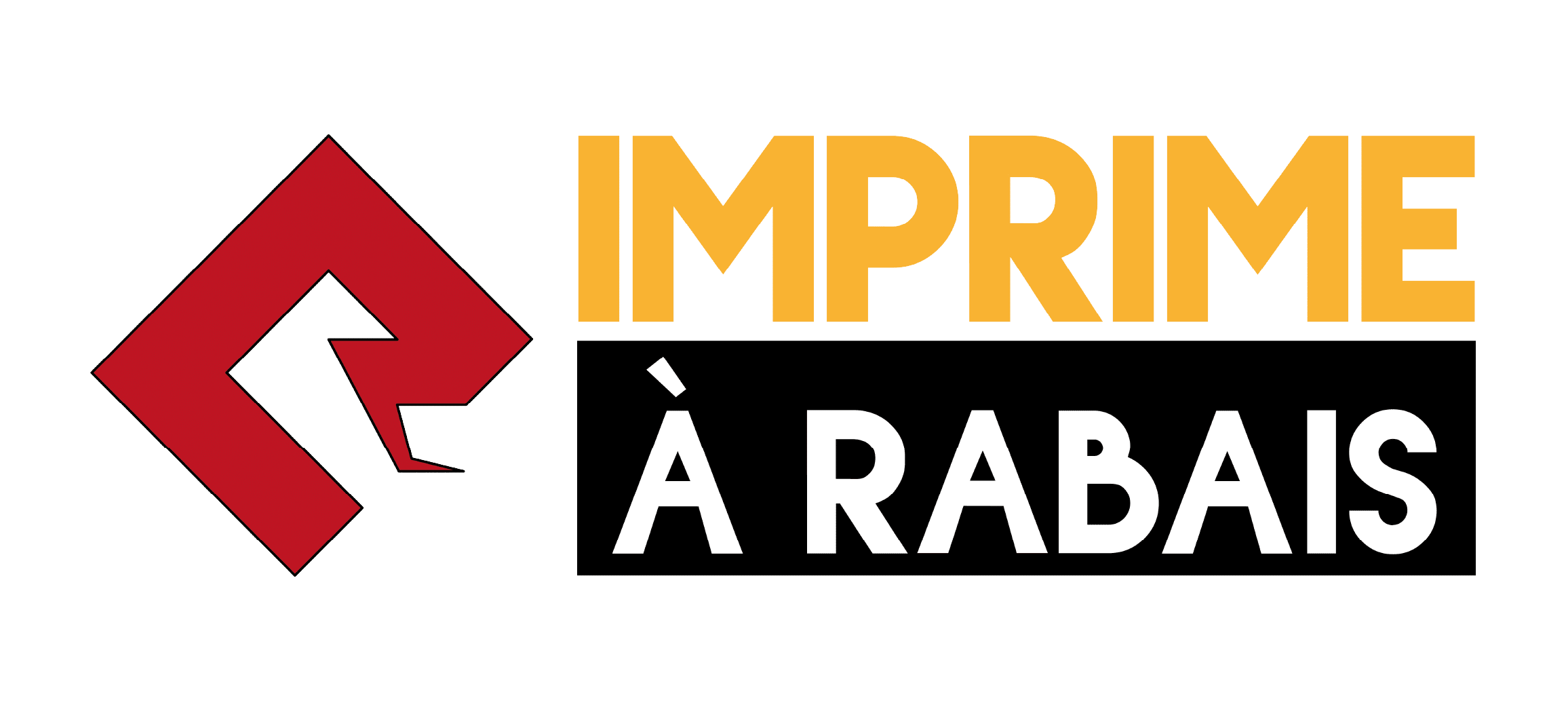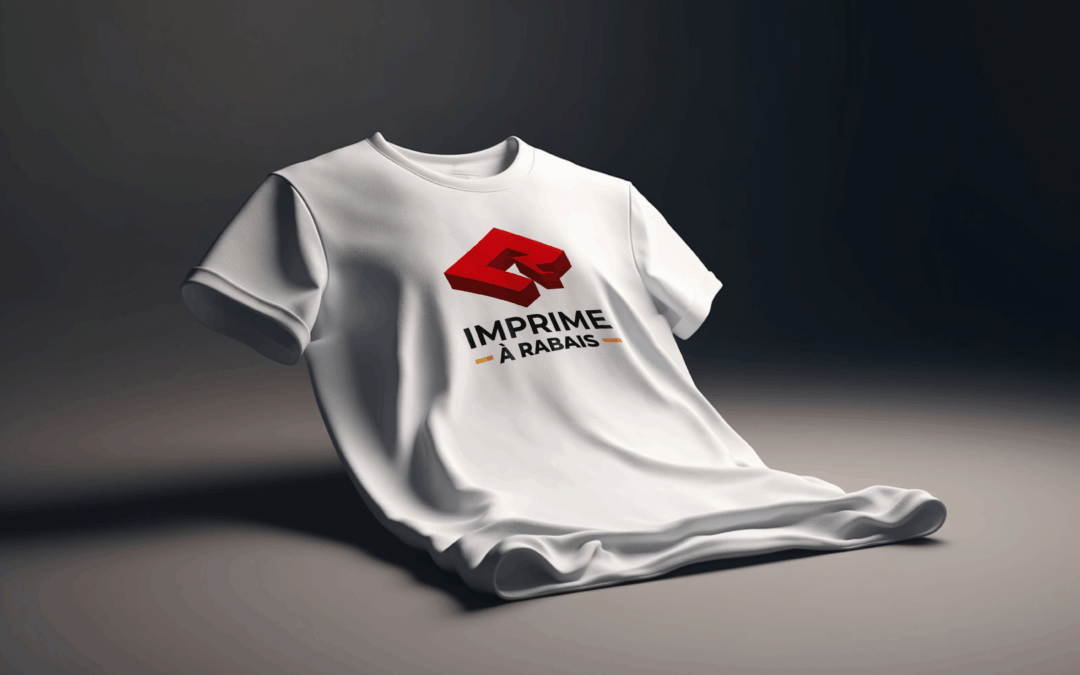Textile printing in Canada continues to enjoy strong growth, driven by the boom in the print-on-demandThe demand for "eco" solutions and the rapid adoption of advanced technologies. By 2024, the Canadian market for digital textile printing inks was approaching CAD 5.41 billionwith forecast growth of 7 % per yearwhile the specific sublimation printer segment already represented 1.63 billion CADwith +10 % annual growth expected.
Why textile printing is essential today
-
Enables mass personalization (events, gifts, merchandise).
-
Offers a unique way to stand out in a saturated market.
-
Meets growing needs for short runs and rapid iterations via print-on-demand
The main textile printing techniques
Direct-to-Garment (DTG)
-
Direct-to-garment printing, ideal for small quantities and multicolored designs.
-
High quality and durability: up to 50 washes (or more)
-
Recent advances: more precise print heads, automated maintenance thanks to AI, especially on dark fabrics
Direct-to-Film (DTF)
- Separate printing on film followed by transfer.
- In 2025, inks are more vibrant, durable and resistant to repeated washing.
- Simplified multi-material compatibility.
Screen printing
-
Traditional technique using thick inks (plasti-sol or water-based).
-
Advantages: opacity, durability, tactile rendering depending on ink; disadvantages: costly assembly, unsuitable for small production runs
Dye sublimation & UV printing
-
Ideal for sublimation on synthetic materials such as polyester; penetrating dye inks .
-
UV printing possible on rigid surfaces and fabrics; instant drying, highly resistant
Choosing the right technique: key criteria
-
Volume DTG/DTF for small production runs, screen printing for large volumes.
-
Support cotton vs. polyester (prefer sublimation on poly)
-
Budget digital printers require a high initial investment .
-
Durability eco-friendly, water-based pigment inks minimize environmental impact
-
Lead times & flexibility Digital: faster and more responsive.
Preparing your files for textile printing
-
Resolution: minimum 300 dpi at actual size.
-
Formats : PNG (transparent background), AI, PDF.
-
Matching color profiles (CMYK or ICC profile supplied by printer).
-
Check fine patterns, white zones and safety margins.
Trends 2025 & eco-responsible innovations
-
Eco-solvent, water-based inks no toxic solvents, less energy and water
-
Durable DTF films on cotton, polyester, nylon
-
Digital print on demand reduces inventory and waste
-
Automation & IoT remote monitoring, automatic consumables ordering
-
3D printing on textiles relief and texture via 3D-DTG, ideal for upcycling
Concrete steps to launch your textile project
-
Define your needs type of item, quantity, use, target.
-
Select technique according to the above criteria.
-
Create the visual with the right specifications.
-
Start production and control quality + durability (wash tests).
-
Maintenance Wash gently in lukewarm water, iron inside out and do not use harsh fabric softeners.
Textile printing offers incomparable flexibility and personalization, while remaining in line with today's eco-responsible expectations. In 2025, DTG, DTF and digital technologies will dominate, supported by eco-solvent inks, automation and creative potential (3D, e-textiles). To find out more, don't hesitate to request a quote
FAQ
Which method to choose for a cotton t-shirt?
DTG or DTF for short runs, screen printing for large volumes.
What resolution for my visual?
300 dpi minimum at final size.
Can I print on canvas bags?
Yes, DTG/DTF or screen printing are suitable.

